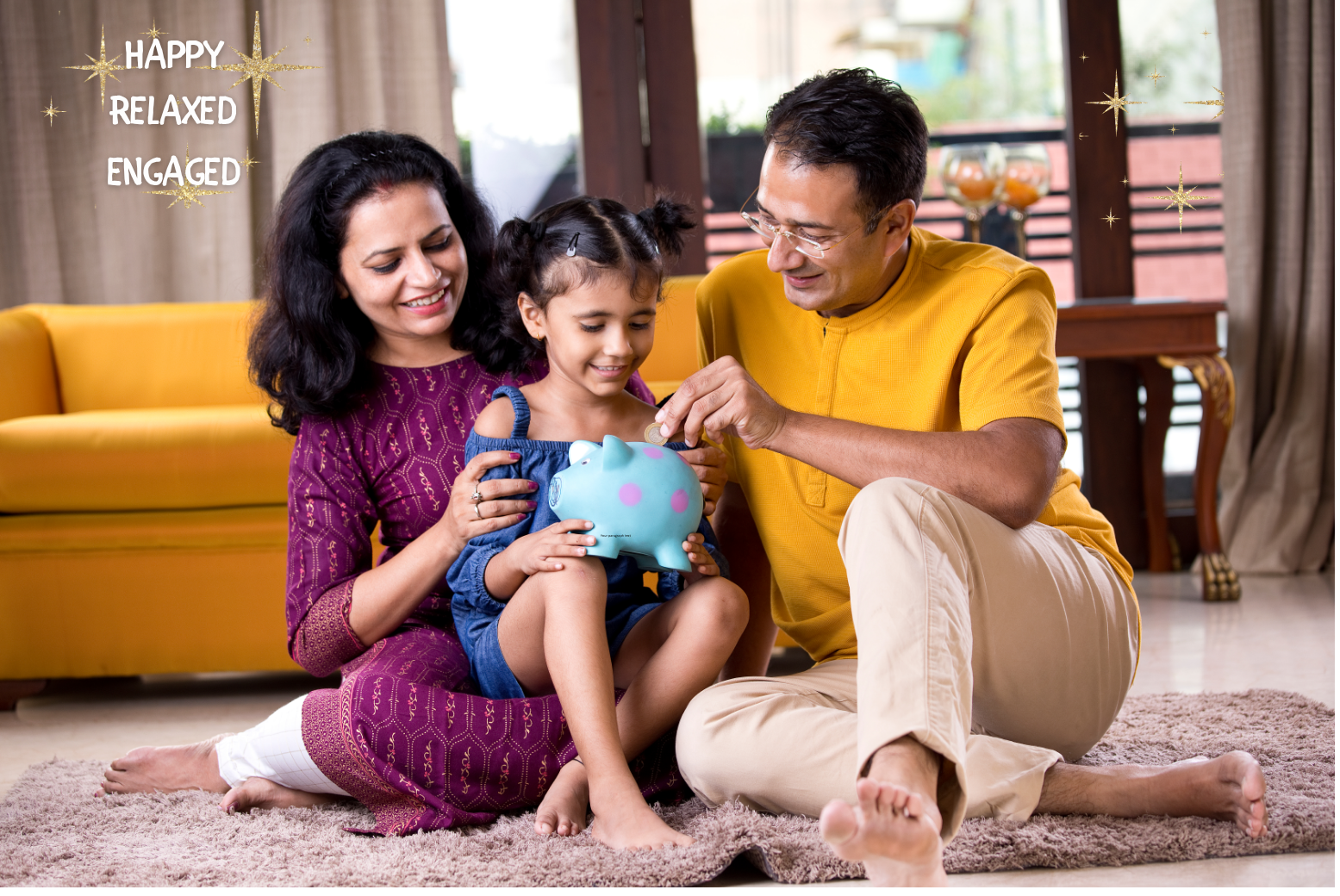
Mindfulness. It’s not just an adult self-care trend. For kids on the autism spectrum, it’s got some serious perks. We’re talking about a practice that can boost self-awareness and emotional regulation—key areas where these kids often need support. But what exactly is mindfulness, and why is it making waves in therapies for autistic children?
Mindfulness is all about being fully present in the moment, acknowledging feelings, thoughts, and sensations without judgment. Imagine this practice in action for a child with autism, who might struggle with intense emotions or sensory overload. By integrating mindfulness, we can help them navigate their inner world more smoothly. They’ll find it easier to focus, and maybe even pick up some newfound patience and calm.
Mainstream therapy settings are catching on fast. More and more therapists are weaving mindfulness into their sessions, using it as a tool to help autistic children connect with their surroundings in a meaningful way. And guess what? It’s working! Children are experiencing real benefits, from fewer meltdowns to better interaction with peers.
Mindfulness for autistic kids isn’t just a fad. The benefits are supported by a growing body of research. It helps these children notice their body’s signals, welcome emotions, and respond to stressors more effectively. Translating to fewer behavioral incidents and more calmness. This isn’t just a temporary fix—mindfulness provides lasting strategies these kids can carry into adulthood.
Benefits of Mindfulness for Autistic Children
Mindfulness isn’t just good for the heart and soul—it’s a game-changer for autistic children. These kiddos often face challenges with sensory overload and feeling overwhelmed. Mindfulness can swoop in like a superhero, offering calm amidst the chaos.
- Why is mindfulness such a solid match for kids with autism? For starters, it helps in slowing things down when everything feels a bit too fast and jumbled. It’s like giving them a mental pause button, allowing them to tune in to their breathing or surroundings instead of being swept away by anxiety or stress.
- Researchers and therapists have been pooling their findings, and it turns out the benefits are pretty impressive. Mindfulness can contribute to reducing anxiety levels and enhance the focus and concentration of autistic children, making daily interactions a bit easier.
- When parents and therapists speak about mindfulness, their stories highlight transformation. Parents tell of fewer temper tantrums and more peaceful outings to places like the grocery store, where once there was chaos. Therapists report that kids are more engaged and socially responsive during sessions.
- It’s not just the professionals noticing the change. Some children, once introduced to mindfulness, show improved coping skills. They’re able to recognize their emotions more easily and communicate their needs without resorting to breakdowns or shutdowns. That’s freedom right there.
While mindfulness isn’t a one-size-fits-all solution, it sure offers benefits that can resonate. Adding mindfulness to the mix, autistic children can find a little more balance in their world. Their families see it as a step towards a more peaceful, enjoyable way of life.
Practical Mindfulness Techniques for Children with Autism
Mindfulness techniques can be a fantastic way for children with autism to discover calm moments amid the hustle and bustle. But what does this look like day-to-day? Let’s explore some hands-on methods to incorporate mindfulness seamlessly into their routines. Mindful Parenting Strategies
- Simple breathing exercises are one of the most effective techniques. Nothing fancy needed, just a few moments focusing on breathing in and out. It helps slow heartbeats and steady busy minds. You can even turn it into a game—counting breaths or pretending they’re inflating and deflating like a balloon.
- Sensory tools are also a big hit. Soft stress balls, textured blankets, or fidget spinners provide a tactile experience that grounds a child in the present moment. When their surroundings start to feel chaotic, these sensory items act as anchors, helping them reconnect with the now.
- Mindfulness games can engage children while teaching them vital coping strategies. Think of activities where kids take ‘mindful walks’, noticing and naming things around them with every step. This kind of play encourages focus and can be a fun family activity too.
- Consistent practice is key. Set reminders to pause for a few minutes daily to practice mindfulness. Whether during snack time or a car ride, finding those snippets of time when minds can be at ease makes a difference. Start small, then build up as you go. Consistency is where the magic happens.
- Role models in this job, as parents and caregivers, can enhance these practices. Jump in and practice mindfulness alongside the kids. It not only creates a shared experience but also underscores its importance to them. Plus, it’s a way to connect, strengthening bonds and creating shared memories.
Challenges and Overcoming Barriers in Mindfulness Training
Kids with autism face unique hurdles, sometimes making certain life aspects more challenging. Mindfulness, while packed with benefits, isn’t always smooth sailing. Recognizing these difficulties lets us tackle them head-on.
One big challenge is the initial resistance to mindfulness practices. Children might not see the point or feel it’s tough to stay still or focus. That’s completely normal. It takes time for them to adjust to pausing and centering their attention.
Parents often worry about their child’s attention span. Autistic kids might struggle with holding concentration, which is where patience comes into play. Start with brief sessions. You don’t need to dive straight into long mindfulness periods.
Consistency is vital, but sticking to it can be tricky with busy schedules and varied interests. Setting a routine with designated mindfulness moments can help. Having a schedule helps children know what’s coming, making them feel more secure and less resistant.
Caregivers can support kids by creating a supportive environment. Encourage them during challenging times without forcing activities. Gradually, kids may find they look forward to these breaks in their day. Providing positive reinforcements when they engage with mindfulness is key.
Communication between parents and therapists is essential too. Sharing what’s working or where adjustments are necessary ensures the approach aligns with the child’s needs. Tailoring mindfulness activities to fit the child’s preferences and routines increases buy-in from the kiddo.
The journey into mindfulness is truly a marathon, not a sprint. Be patient, stay flexible, and celebrate the small victories. Over time, persistence can help turn mindfulness into a beneficial routine for children with autism.
Engaging Mindfulness Activities Suitable for High-Functioning Autism
High-functioning autism comes with its own set of strengths and challenges, and mindfulness activities can be a powerful tool in this nurturing toolkit. Picking the right activities can make mindfulness a fun and rewarding experience.
- Games: That encourage mindfulness are perfect—think yoga for kids with playful names for poses or interactive storytelling sessions that encourage kids to describe scenarios mindfully. These activities are not only engaging but also teach them ways to reflect on their feelings and thoughts.
- Music: Is another fantastic tool for mindfulness. Let kids pick calming playlists or engage them in musical activities, like identifying different sounds or rhythms in songs. This type of auditory focus enhances their sense of listening and moment-to-moment awareness.
- Artistic activities: Also come in handy. Drawing or painting in quiet settings allows children to express themselves while concentrating on their artwork. This mode of mindfulness helps in fostering their creativity while providing a therapeutic outlet for their emotions.
- Setting up a mindfulness corner: At home is a game-changer, too. Fill it with books, sensory toys, or ambient lights—whatever helps the child feel at ease and ready to explore mindfulness practices. Having a special nook encourages them to take mindful breaks on their own.
Remember to tailor these activities to fit the child’s interests and mood. Flexibility is essential. Sometimes a child might be more drawn to one activity over another, and that’s perfectly okay. The goal is to make mindfulness an enjoyable and beneficial part of their routine.
